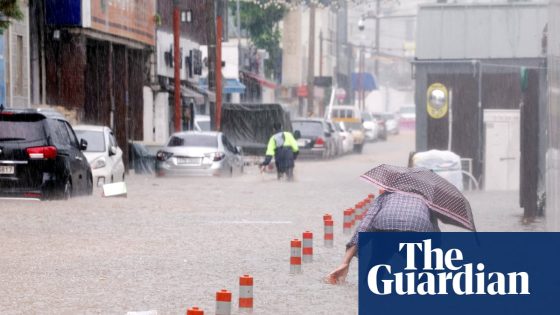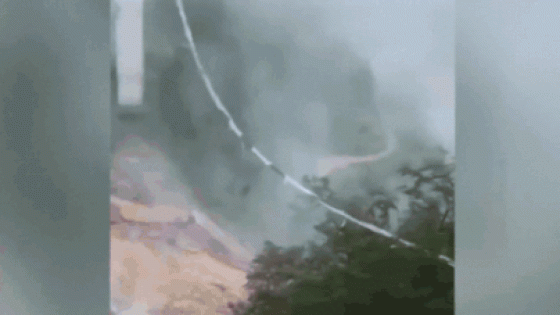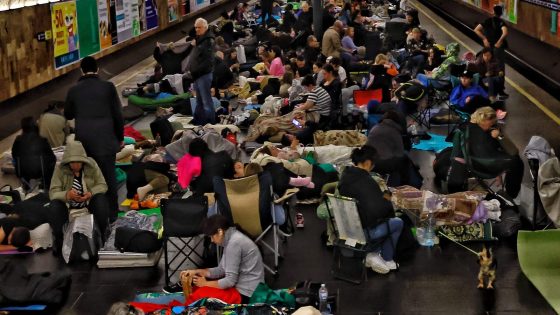Torrential rains have wreaked havoc in South Korea, impacting nearly 3,000 residents who are unable to return home as of July 19, 2025. The relentless downpour, now in its fourth day, has resulted in four fatalities and left two individuals missing.
- Nearly 3,000 people displaced in South Korea
- Death toll from rains reaches four
- Rain forecast to continue until Monday
- Over 641 buildings and 388 roads damaged
- Record rainfall of 500mm in Seosan
- North Korea also expecting heavy rains
Officials have issued warnings across the country, urging citizens to exercise extreme caution due to the heightened risk of flooding and landslides. Rain is expected to continue until Monday, exacerbating an already dire situation.
This catastrophic weather event raises questions about climate resilience and preparedness. How can communities better prepare for such extreme weather? The situation highlights the urgent need for improved infrastructure and response strategies.
- Over 641 buildings and 388 roads have been damaged.
- Rainfall has exceeded 500mm in some areas.
- North Korea is also bracing for heavy rains in the coming days.
As the situation develops, it is crucial for governments and communities to prioritize disaster preparedness and invest in resilient infrastructure to mitigate future risks.

































